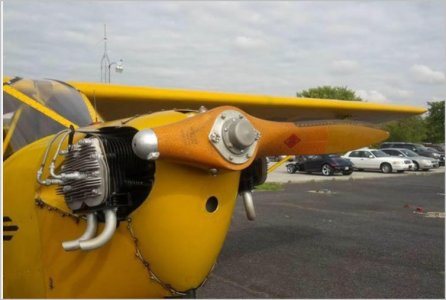Multiblade is a deep aerodynamic rabbit hole. Most of the references I have come across relate to air as the medium, aviation props, so water/boat props would be very different again. There is a misconception that more blades is 'better' because that show the math works. But like most engineering things, depends on the goal, constraints & assumptions. More what? More thrust?, efficiency? efficiency within a specific operating band? material constraints? dimensional constraints? etc. This was actually well understood at tail end of piston engine development WW2 era. Power levels became insanely large to the extent conventional props could not not adequately absorb that power & convert into proportionately more thrust. The theoretical prop diameter would be many times the wingspan. So you see contras & complex variable pitch mechanisms & other interesting solutions where interference effects & tradeoffs were weighed. By then, gas turbines were already showing the new way.
On the other end of the spectrum in model world (where I became familiar), counterweighted single blade props have been established to benefit. It started with high revving 2-S engines that make peak power at +40K rpm when homebrew carbon fiber designs could take the load without shedding. I saw it in early electric speed stuff for parallel reasons. Low cell count (voltage) meant high KV motor winds = high rpm. All old news now, they are all loud as hell.
I have heard that propellers with more than four blades are not as efficient as 4 or less blades because of lower thrust which may result from interfering prop-streams. But I see the ATR-42/72 and ...

aviation.stackexchange.com

